A CENTURIES-OLD HISTORY
PVD COATINGS
After more than 30 years of experience in the field of PVD coating, the technology we use is the most effective currently on the market.
The evolution of PVD coatings goes hand in hand with a centuries-old history based on discoveries in the fields of vacuum technology, electricity and magnetism, as well as in our understanding of gas chemistry. In the past, being able to handle and model materials according to one’s needs, as we do today, was far from obvious.
Pascal, Faraday, Hertz – these are only a few of the scientists who have contributed to shape our core business.
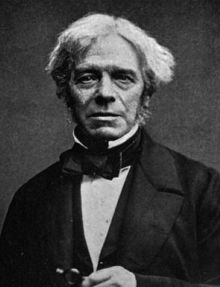
1838
In 1831 Michael Faraday launched a series of experiments that led him to discover electromagnetic induction.
His subsequent demonstrations proved that a variable magnetic field produces an electric field, which was mathematically translated into what is known as Faraday’s law or Field Theory.
In 1838, at the end of his career, Faraday elaborated the concept of lines of flux, which proved key in developing electromagnetic devices.
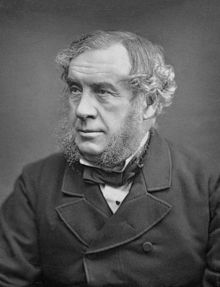
1842
William Robert Grove invented the first fuel cell, which produces electricity by combining hydrogen and oxygen.
While he was developing the cell, he managed to demonstrate that vapour can be split into hydrogen and oxygen. Those trials helped him to elaborate the earliest theories on the thermal dissociation of molecules into their constituent atoms.
Grove is also credited with the discovery of the sputtering phenomenon, thanks to his early insights into the nature of ionization.
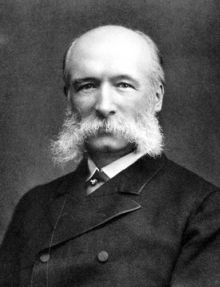
1865
The development of PVD went hand in hand with the evolution of vacuum systems.
However, we would have to wait until the 17th century – with people such as Evangelista Torricelli (1608-1647), Blaise Pascal (1623-1662) and Otto von Guericke (1602-1686) – to gain some understanding of an issue that was already being debated in Ancient Greece.
Between 1850 and 1900, vacuum studies received a powerful impetus thanks to Hermann Sprengel’s Researches on the vacuum. The chemist built a pump in which drops of mercury trapped gas into a glass tube and evacuated it.
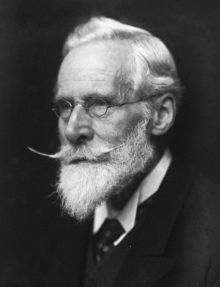
1932
William R. Grove and William Crookes’ studies on sputtering were published in Cathode Sputtering, a Commercial Application.
This document described the first commercial coating machine and the process for the deposition of gold electrodes onto diaphragms for broadcasting microphones.
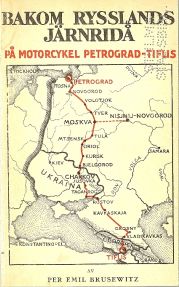
1960 – 1970
The cathodic arc technology currently in use for industrial applications evolved significantly in the USSR between the 1960s and the 1980s.
In 1964, a team of researchers led by Leonid P. Sablev of the Kharkov Institute of Physics and Technology devised a way to obtain high vacuum by exploiting the absorbent properties of condensates obtained by means of an electric arc in vacuum.
During the trials, they also managed to trigger a stationary electric arc in vacuum on titanium, which enabled them to patent a vacuum pump prototype in 1966.
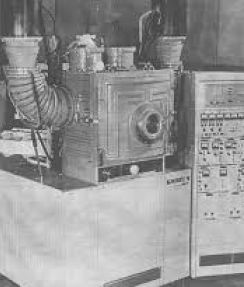
1970-1980
In 1974, two pilot arc systems called Bulat-2 were built at the Kharkov Institute of Physics and Technology.
They are the earliest examples of industrial arc coating machines, typically used for the deposition of titanium nitride.
In the late 1980s, some 4.000 new cathodic arc coating systems (Bulat-3) were installed at Soviet manufacturing plants.
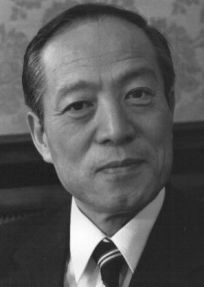
1986
The idea that materials could be built atom by atom started to take shape in 1986, laying the foundations for what Eric Dexler would call Nanoscience.
Nanotechnology as we know it today originated from an article published by Norio Taniguchi in which he defined it as “the processing of separation, consolidation, and deformation of materials by one atom or one molecule”.
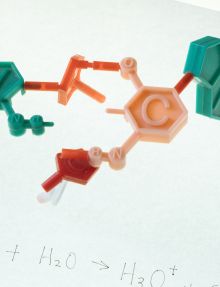
1980-2000
Significant results in removing materials by metal ion erosion were achieved in the 1990s.
So, today, each new coating is accompanied by its own de-coating process to remove any existing coating from the surfaces to be machined.

